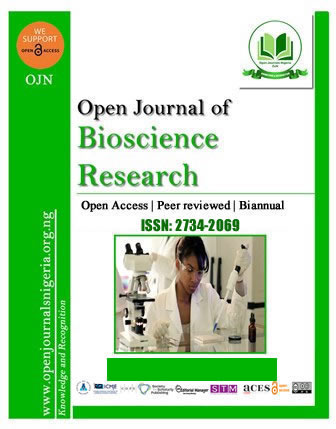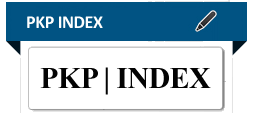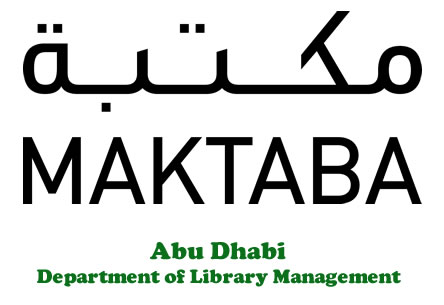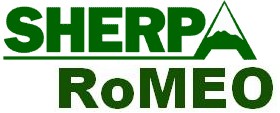ACUTE TOXICITY OF WATER SOLUBLE, INSOLUBLE AND WHOLE CRUDE FRACTIONS (BONNY LIGHT) ON THE EARLY LIFE STAGES OF HOPLOBATRACHUS OCCIPITALIS (CROWNED BULL FROG) IN CALABAR, NIGERIA
DOI:
https://doi.org/10.52417/ojbr.v1i1.56Keywords:
water soluble fraction (WSF), water insoluble fraction (WIF), whole crude (WC), Hoblobatrachus occipitalisAbstract
This study examined the effect of different concentrations of bonny light crude oil on the development and growth of the tadpoles of the crowned bullfrogs. After series of range finding tests (RFT) the tadpoles of H. occipitalis were exposed to acute and sub-lethal log concentrations of 0.00 ppm, 1.00 ppm, 1.30 ppm, 1.48 ppm, 1.60 ppm, 1.65 ppm and1.69 ppm of different fractions of bonny light crude for 96 hours. The various fractions of crude recorded no significant differences in mortalities (P > 0.05) for three- and four-weeks old tadpoles. The mortalities increased with increase in concentration of toxicants. The tadpoles recorded 75% mortalities in Water Soluble Fraction (WSF), 65 % mortalities in Water Insoluble Fraction (WIF) and 70 % and 75 % mortalities respectively in Whole Crude (WC). The WSF of crude showed the lowest LC50’s in the tadpoles ranging from 1.51 ± 0.17 ppm with (lower limit 1.45 and upper limit 1.55) to 1.61 ± 0.37 ppm with (lower limit 1.58 and upper limit 1.65). WIF showed the highest LC50’s in the tadpoles ranging from 1.62 ± 0.42 with (lower limit 1.59 and upper limit 1.66) to 1.69 ± 0.41ppm with (lower limit 1.55 and upper limit 1.62). The WC showed an LC50’s range of 1.60 ± 0.37 ppm with (lower limit 1.56 and upper limit 1.64) to 1.63 ± 0.32 ppm with (lower limit 1.59 and upper limit 1.66). Results shows that increased toxicity produced higher mortalities in tadpoles of H. occipitalis (an endangered species). This study therefore advocates that Oil companies should adhere to the current WHO / FEPA regulatory limits of 0.2 mg/l to 14.0 mg/l for C5 – C22 hydrocarbons to ensure the survival of its vital ecological niche.
Mowang, A. D. | Department of Zoology and Environmental Biology, University of Calabar, Nigeria.
Published
How to Cite
Issue
Section
Copyright (c) 2020 Mowang et al.

This work is licensed under a Creative Commons Attribution 4.0 International License.





















